 Looking to build strength that lasts a lifetime? Squats are a foundational movement that supports health, mobility, and longevity, yet many of us overlook this natural exercise due to our modern, sedentary lifestyles. Incorporating squats into your routine can help you stay strong, flexible, and resilient as you age.
Looking to build strength that lasts a lifetime? Squats are a foundational movement that supports health, mobility, and longevity, yet many of us overlook this natural exercise due to our modern, sedentary lifestyles. Incorporating squats into your routine can help you stay strong, flexible, and resilient as you age.
Importance of Squats
Sitting for long periods weakens key muscles like the glutes and reduces hip mobility. But with consistent squatting movements in your routine, you can reverse these effects, improving your posture and making daily activities—from climbing stairs to picking up objects—much easier. Squats help maintain strength, mobility, and stability, making them essential for daily life.
Muscle Activation
When you squat, you’re not just targeting your legs. You’re working the gluteus maximus, quadriceps, and hamstrings, while also activating secondary muscles like the gluteus medius and erector spinae. This full-body engagement helps you move with more power and stability throughout the day, allowing you to perform everyday movements with ease and efficiency.
Benefits Across Ages
Squats aren’t just for athletes—they’re essential as we age. Studies show that enhanced single-leg strength correlates with increased physical activity, particularly in individuals over 50. Increasing single-leg strength can correlate to increased Activities of Energy Expenditure (AEE) and often directly affect activity levels in these populations. The easier it is to move, the more likely we are to stay active and reduce disease risk.
Preventative Health
As we age, muscle mass, bone density, and reaction times decline. Resistance training, including squats, can mitigate these changes. Loading bones through resistance training stimulates bone density, making our pelvic, femur, tibia, fibula, and small foot bones stronger and more resilient to injury. We also strengthen tendons through resistance training, which aids in maintaining joint health.
No matter your age, it’s never too late to start squatting. Building strength, mobility, and bone density now will help you move with ease and avoid injuries later. Start your squat journey today to protect your health for tomorrow.


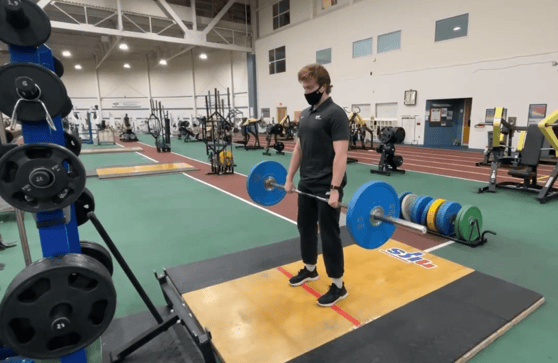 As a young trainer, I struggled to find my training style. I spent the first few months trying to make my clients happy, trying to make every session as hard as I could with no real connection between workouts. Our training had no direction; they were individual workouts according to what my clients wanted to work on that day. More times than not, this turned into working out one muscle group for the entire 30 minutes. I did a good job at working one muscle group, but that did not benefit them in the long term. As I grew in my education and as a trainer, I learned that there was a better approach to training: the full-body training split
As a young trainer, I struggled to find my training style. I spent the first few months trying to make my clients happy, trying to make every session as hard as I could with no real connection between workouts. Our training had no direction; they were individual workouts according to what my clients wanted to work on that day. More times than not, this turned into working out one muscle group for the entire 30 minutes. I did a good job at working one muscle group, but that did not benefit them in the long term. As I grew in my education and as a trainer, I learned that there was a better approach to training: the full-body training split
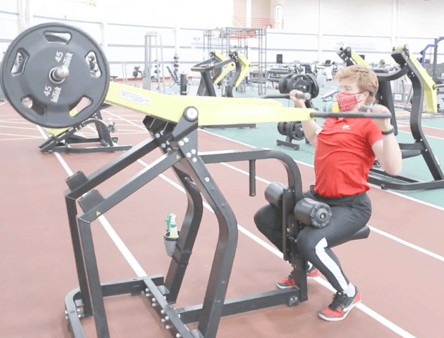 The traditional bodybuilding split of working one muscle group per day might work for the dedicated, high-level competitive bodybuilder who makes their living in the gym. But for the general population only looking to shed some unwanted pounds and improve their overall health, the traditional bodybuilding split is not ideal. Working multiple muscle groups in the same session is much more ideal because it ramps up the body’s metabolism more than working a single muscle group each day. To achieve this, we train the movement, not the muscles.
The traditional bodybuilding split of working one muscle group per day might work for the dedicated, high-level competitive bodybuilder who makes their living in the gym. But for the general population only looking to shed some unwanted pounds and improve their overall health, the traditional bodybuilding split is not ideal. Working multiple muscle groups in the same session is much more ideal because it ramps up the body’s metabolism more than working a single muscle group each day. To achieve this, we train the movement, not the muscles.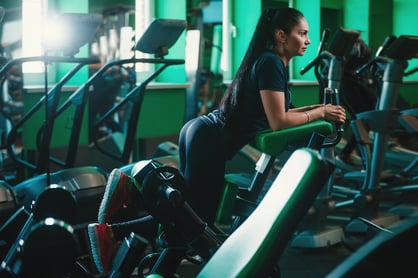 What is the most feared and most skipped gym day of the week? Nearly every person despises it, and few survive it. Yes, you guessed it. I am referring to the infamous “leg day.” However, even if you can endure training your legs, how beneficial is it if you aren’t training your hamstrings correctly, efficiently, and according to their full potential?
What is the most feared and most skipped gym day of the week? Nearly every person despises it, and few survive it. Yes, you guessed it. I am referring to the infamous “leg day.” However, even if you can endure training your legs, how beneficial is it if you aren’t training your hamstrings correctly, efficiently, and according to their full potential?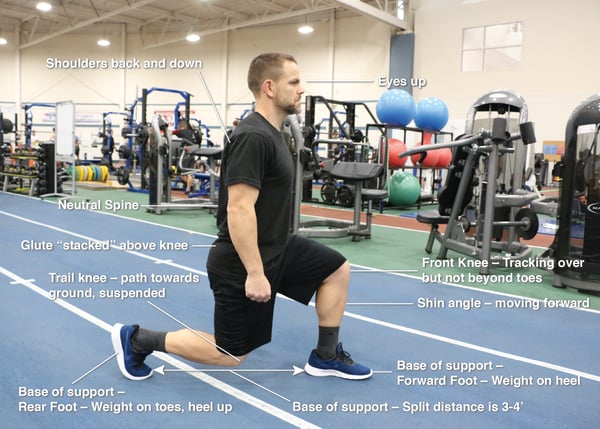
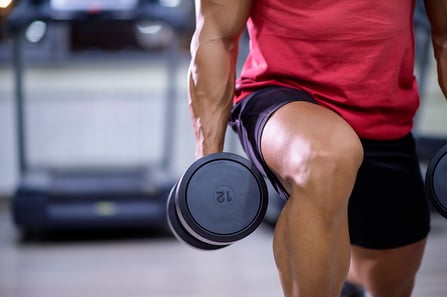 For some people, leg day at the gym is the greatest single day of the week. For others, however, there couldn’t be a more grueling and loathsome experience. We all know that leg workouts are essential to our total-body fitness plans and that there are consequences to not doing leg day, like becoming internet memes.
For some people, leg day at the gym is the greatest single day of the week. For others, however, there couldn’t be a more grueling and loathsome experience. We all know that leg workouts are essential to our total-body fitness plans and that there are consequences to not doing leg day, like becoming internet memes.